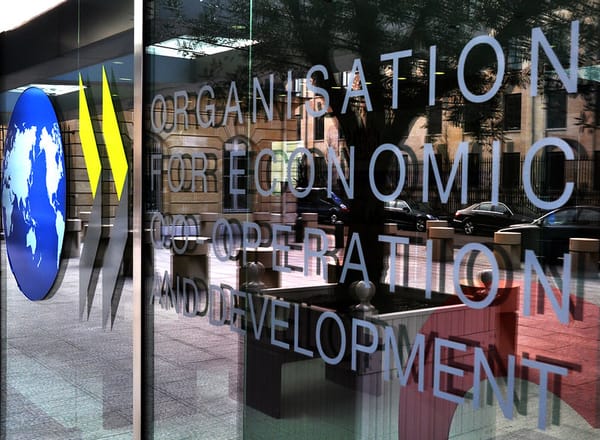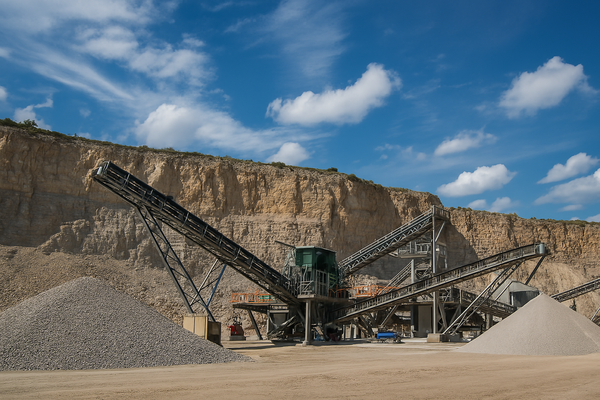
Baltic inflation 'canary in the coal mine' for rest of Europe in 2023
The three Baltic countries are the worst hit by the wave of inflation in Europe, according to the latest flash estimate from the EU’s official statistics agency Eurostat.
Latvia currently has the highest inflation in the Eurozone, as prices rose 20.7% year-on-year in December, slightly higher than in Lithuania (20%) and Estonia (17.5%).
Of the other Eurozone members in Central and Eastern Europe, the rate was 15% in Slovakia, 10.8% in Slovenia and 10.5% in Austria, in December 2022. Croatia officially adopted the Euro on 1 January 2023.
Inflation in the Baltics is higher due to the fact that people in these countries earn less than much of Europe, leading to a larger portion of their income being spent on necessities such as energy and food, which have seen the biggest price increases.
Another factor has been the region’s wider use of spot energy prices rather than the more common long-term, fixed contracts, according to the central banks of the three countries.
Front-loaded external shocks make Baltics early indicator
Latvian Central Bank Governor Martins Kazaks called the Baltics a “canary in the coal mine” for the rest of Europe. “We see this reaction coming much quicker: for other euro area countries, the full effects are still to come,” Kazaks told UK business daily The Financial Times. “We have front-loaded most of the external shock already. In other countries, it is still being passed through,” he said.
Estonia, Latvia and Lithuania already had high inflation rates – of between 7.5% and 12.3% – in January 2022, the month before Russia’s invasion of Ukraine. The countries also suffered high inflation in 2008 and hyperinflation in the early 1990s, after achieving independence from the Soviet Union.
The living memory of Russian occupation, combined with dramatic rises in living standards means Lithuanians have been more tolerant of the price rises, Lithuanian Central Bank Governor Gediminas Simkus commented.
Wages in Lithuania have almost tripled in the past decade, while they have increased by about 95% in Latvia and 85% in Estonia, according to Eurostat. In comparison, EU wages have only risen by 26% over the same period.
According to Lithuania’s Central Bank, expenses for heat energy and solid fuels are significantly higher in Lithuania as a proportion of income compared to the rest of the eurozone, contributing to a two-percentage point difference in local inflation.
Lithuania faring better than Latvia, Estonia
Estonia and Latvia were the weakest performers in the Eurozone in the third quarter of last year, as their economies contracted by 2.3% and 0.4%, respectively, according to Eurostat.
This slowdown has hit hard in the industrial sector, with production decreasing 5.8% in Estonia and 2.7% in Latvia in the year up to October 2022.
While Lithuania’s economy has fared better, its 2.5% growth in industrial output during the same period was lower than the 3.5% growth seen in the Eurozone as a whole.
Eurozone inflation dips below 10%
In the Eurozone as a whole, annual inflation is estimated to have been 9.2% in December 2022, down from 10.1% in November. Energy is estimated to have had the highest annual rate in December, at 25.7%, compared to 34.9% in November. Food, alcohol & tobacco prices were up 13.8% on an annual basis, compared to 13.6% the previous month.
Inflation for non-energy industrial goods rose 6.4% year-on-year in December, slightly up from 6.1% in November, while services rose 4.4%, up 20 basis points from the previous month, Eurostat estimates.

Kazaks warned that the current energy crisis is not temporary, but rather a permanent shift that requires structural solutions. The Latvian banker told the FT that the EU needs to implement a comprehensive and ambitious energy strategy, or risk losing energy-intensive companies to relocation and face the consequences of unemployment and reduced economic growth.





